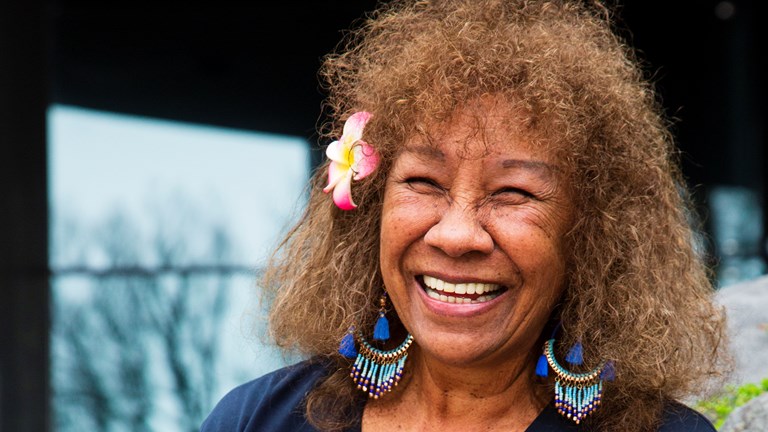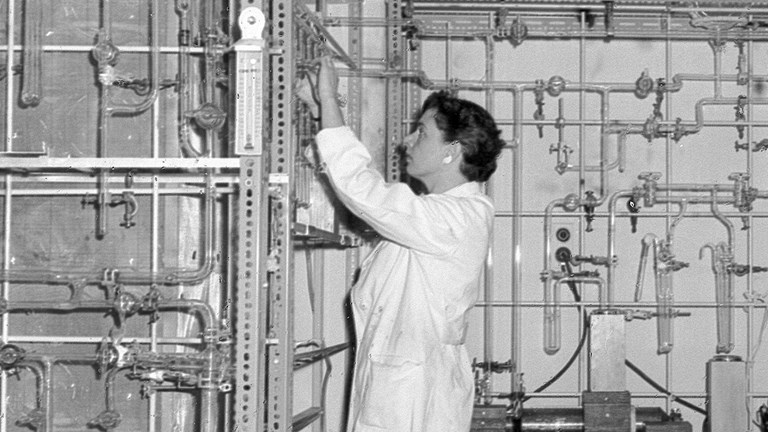Unboxing the museum: 19th-century sewing samplers
What can 19th-century needlework samplers tell us about often forgotten figures from history?
Eliza Winter was born in 1842 in the middle of the 19th century, one of nine children and it’s not that easy to know what life was like for kids, especially girls, like Eliza’s. The lives of children today can be traced and remembered by a plethora of information and physical items—artwork and craft, photographs, social media posts, messages, clothing and toys.
Official records tell us when they were born and when they died but provide little to no detail about what happened in between. Objects that girls made, wrote, or used offer a richer picture. But the reality is that most children in 19th-century Melbourne left few things behind to remind us of their existence. The items that do remain paint a somewhat shadowy picture of girls’ lives—their education, work, family life and leisure. Eliza’s samplers offers us some clues.
Transcript
My name is Catherine Gay, and I am a historian and a research associate here at Museums Victoria. So today, I'd like to show you three very special items here at the museum.
We have a treasure that is over 175 years old and was made by a young girl called Eliza Winter. Here we have a needlework sampler, which lots of girls in 19th century Melbourne made. The first thing you notice is the alphabet, which is here in the centre of the sampler, which takes up most of the fabric.
Eliza's also stitched some flowers, some parrots, and some decorative borders, and she's hemmed the sampler in a simple running stitch. At the bottom of the sampler, she's also put her first initial, her last name, her age, and the year.
She was only five and 1/2 when she made this piece. So girls in 19th century Melbourne and Victoria, and Australia more broadly, made needlework samplers to learn how to sew and how to embroider. So they could make and mend clothing and embroider their initials or their family's initials on household linens.
Sewing was seen as an essential feminine task I think that all women and girls needed to learn how to do.
Girls would either learn from their mothers or at schools. Eliza's little sister Alice also made two samplers, which are here at the museum.
And Eliza herself made at least two more samplers, which we have here. So this one she would have made when she was a little bit older, and it has more decorative borders. It has two alphabets. She's done an uppercase and a lowercase alphabet instead of just an uppercase alphabet. And she's put her name and her last name, but some of the stitches are falling out.
We also have another sampler that she made, which is more of a practise piece. It's not a sampler like these ones, but she's practising different stitches and motifs, including things that she would have seen in her world, like a house. And we also have a kettle, and some parrots, and some flowers, and
other decorative borders. As you can notice with this sampler, it appears unfinished. This is probably because Eliza didn't get a chance to do any more stitching. When she was 11 years old, she fell ill with a fever and died after four days in 1853.
Eliza's story reminds us that many girls in the past never grew up to be women. I love objects like this, things that girls made in the past, because they are a record of their voices and a way for girls to speak to us through time.
Girls haven't really left that much from 19th century Victoria and Australia, so things that have survived, like these three needlework samplers, are very precious.









